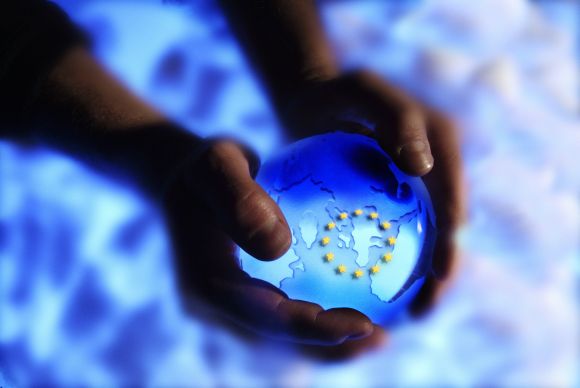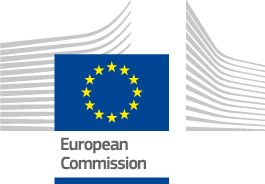
The European Week of Regions and Cities gathered 20 000 registered participants and 500 partners online and at the event site across 300 sessions. During the closing ceremony, some of the achievements of European cohesion policy on implementing European solidarity were acknowledged, such as creating better possibilities for social inclusion and searching for solutions to the energy crisis, while also taking concrete actions – funding public building projects and improvements in infrastructure.
During the 2021-2027 funding season these funds have been targeted directly to communities with an intention to create balance between more and less developed areas. The introduced policies contribute to strengthening economic, social and territorial cohesion in the European Union, especially in the fields of green transition, digital transition, territorial cohesion and youth empowerment.
The experience of being excluded, not belonging, or not being part of a mutual destiny Europeans share is at the core of what Europe’s cohesion policy is trying to change, notes commissioner Elisa Ferreira when discussing territorial cohesion. Cohesion policy prevents territories from having too much of a different future. Yonous Omarjee, a member of Parliament, has a slightly different take on the theme – the essence of European cohesion policy for him is in equality. Europeans do not tolerate significant differences in living conditions between the outermost and the central parts of Europe. Omarjee calls for the same concrete, tangible rights for all Europeans.
The sense of European countries being under threat is underlined throughout the discussions. In the past few years cohesion policy has turned into an important tool for delivering funds and crisis management. Still, there is a wishful voice among speakers for this responsivity on emergency to not to become a permanent main objective of cohesion policy.
Another tone can be heard as well from comissioner Fereirra. One that is in the spirit of Jean Monnet, according to whom "Europe will be forged in crises, and will be the sum of the solutions adopted for those crises". Europe's needs during emergencies can work with, and not against, structural cohesion policy. We can learn how to help communities through difficult times by being prepared to deliver additional aid directly to areas in need in times of crisis.
The goal to protect the environment is mentioned as a point to consider while implementing policies under emergency (Omarjee), but the consequences and damage these policies may have on cultures or people are left undiscussed.
Europe's climate strategy has an ambition to make Europe climate neutral by the year 2050. The cohesion fund is the biggest public investor in Europe in the fields of green energy and energy saving, with digital transition happening alongside green transition. At certain meeting points these two processes meet and seem to move in same direction.
It is however known that from an environmental aspect, digitalisation has a price. Are we really going to let our railway systems and roads deteriorate, leaving new ones unbuilt as digital networks grows bigger and faster? If digital transformation is used to replace these old forms of connectivity, rather than add to them, we may find think of physical infrastructure as something worth protecting.
When digital transition is discussed, it has a focus point on children, and on the potential of digital platforms to create new possibilities of participation for businesses and civil society. One of the risks of this transition is the threat of a new dividing line between those with access and possibilities to fully participate in the digital transition and those without.
Following from Monnet’s positivistic view, Europe can be understood as an equation, where the internal challenges, as well as influence of external factors, are included in the formula. Europe is not just an end result. The fields we choose for the cohesion to take place is one of the factors influencing our future lives, where the youth, among others, will have to live with the consequences of today’s policies. In the closing ceremony, the youth is recognised as a group belonging both to the present and to the world of the future. Regardless of age, Europe's digital future must remain open for anyone to participate in.
Anna Lotta Bjerstedt | Edited by Vicky Hristova



